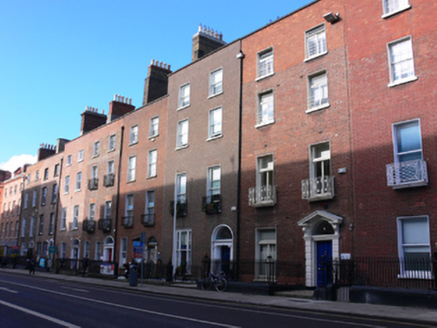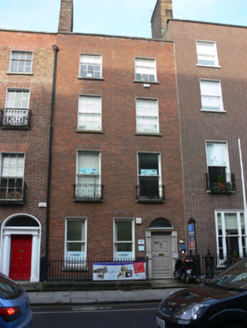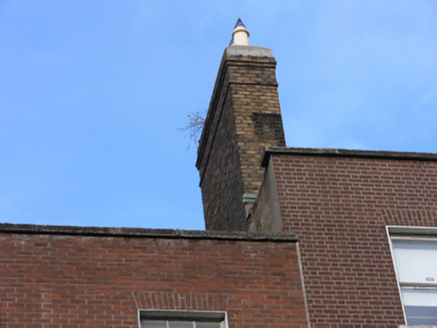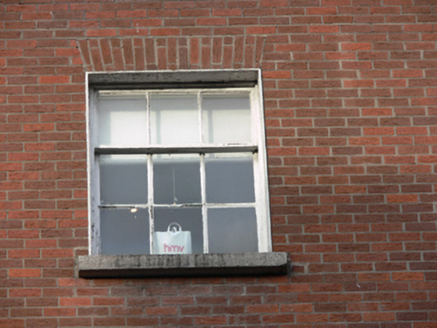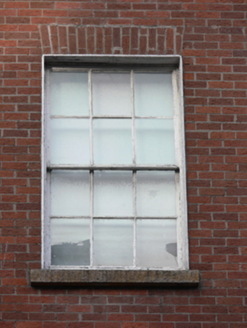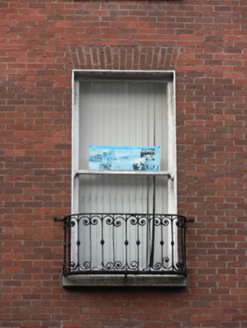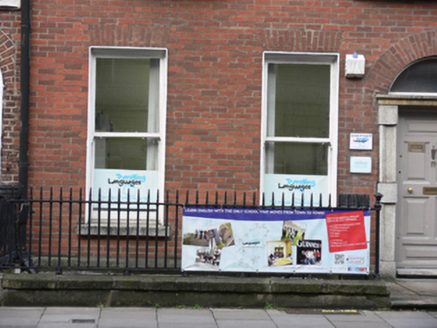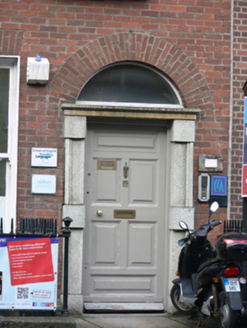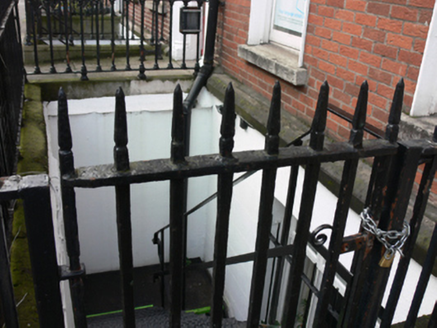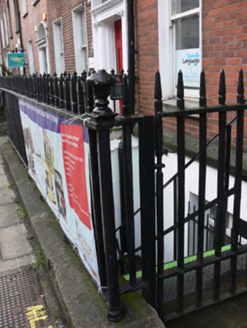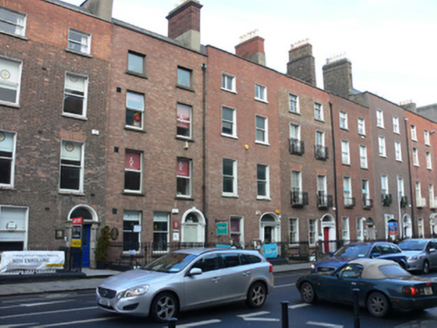Survey Data
Reg No
50020457
Rating
Regional
Categories of Special Interest
Architectural, Artistic, Historical, Social
Original Use
House
Historical Use
Surgery/clinic
In Use As
Office
Date
1760 - 1780
Coordinates
316497, 233778
Date Recorded
24/03/2015
Date Updated
--/--/--
Description
Terraced three-bay four-storey former house over basement, built c.1770, having return to rear (north-east) elevation. Subsequently refaced, now in use as offices. M-profile pitched slate roof concealed behind red brick parapet with granite coping, red brick chimneystacks having some clay pots. Red brick, laid in stretcher bond, to walls, masonry plinth course over smooth rendered walls to basement. Square-headed window openings with raised render reveals, granite sills having three-over-six pane, six-over-six pane and one-over-one pane timber sliding sash windows, cast-iron balconettes to first floor. Round-headed door opening with carved granite block-and-start jambs, cornice, plain fanlight and timber panelled door. Wrought-iron railings having cast-iron corner posts and matching gates on carved granite plinth wall enclosing basement area. Set back from Clare Street, approached by concrete step.
Appraisal
Clare Street was developed c.1762 by John Ensor for the sixth Viscount Fitzwilliam. This house, although subsquently refronted, has retained its Georgian proportions, contributing to the coherence of the streetscape. The Gibbsian granite doorcase may have been reclaimed from elsewhere and inserted when the building was refronted. Cast-iron is used to good effect to enliven this façade, notably the decorative balconettes, and also the railings, adding to the historic character of the building and streetscape. In the 1860s the house was occupied by John Nalty, M.D. who had his surgery and apothecary here. The house was later adapted as the offices of the quantity surveyors, Beckett and Metcalf, and Samuel Beckett (1906-89), the son of the proprietor, William Frank Beckett (1871-1933), occupied the top floor in the early 1930s. He wrote "More Pricks Than Kicks" (1934), a collection of short prose, in Clare Street and began work on the avant-garde novel "Murphy" (1938).
